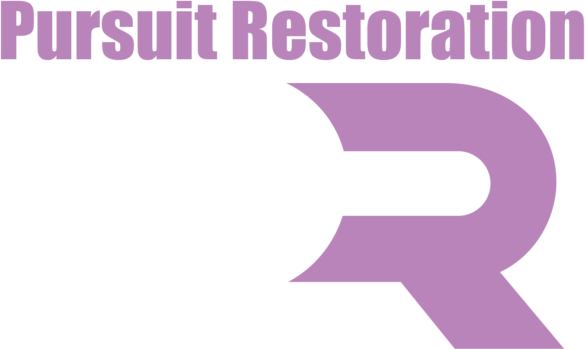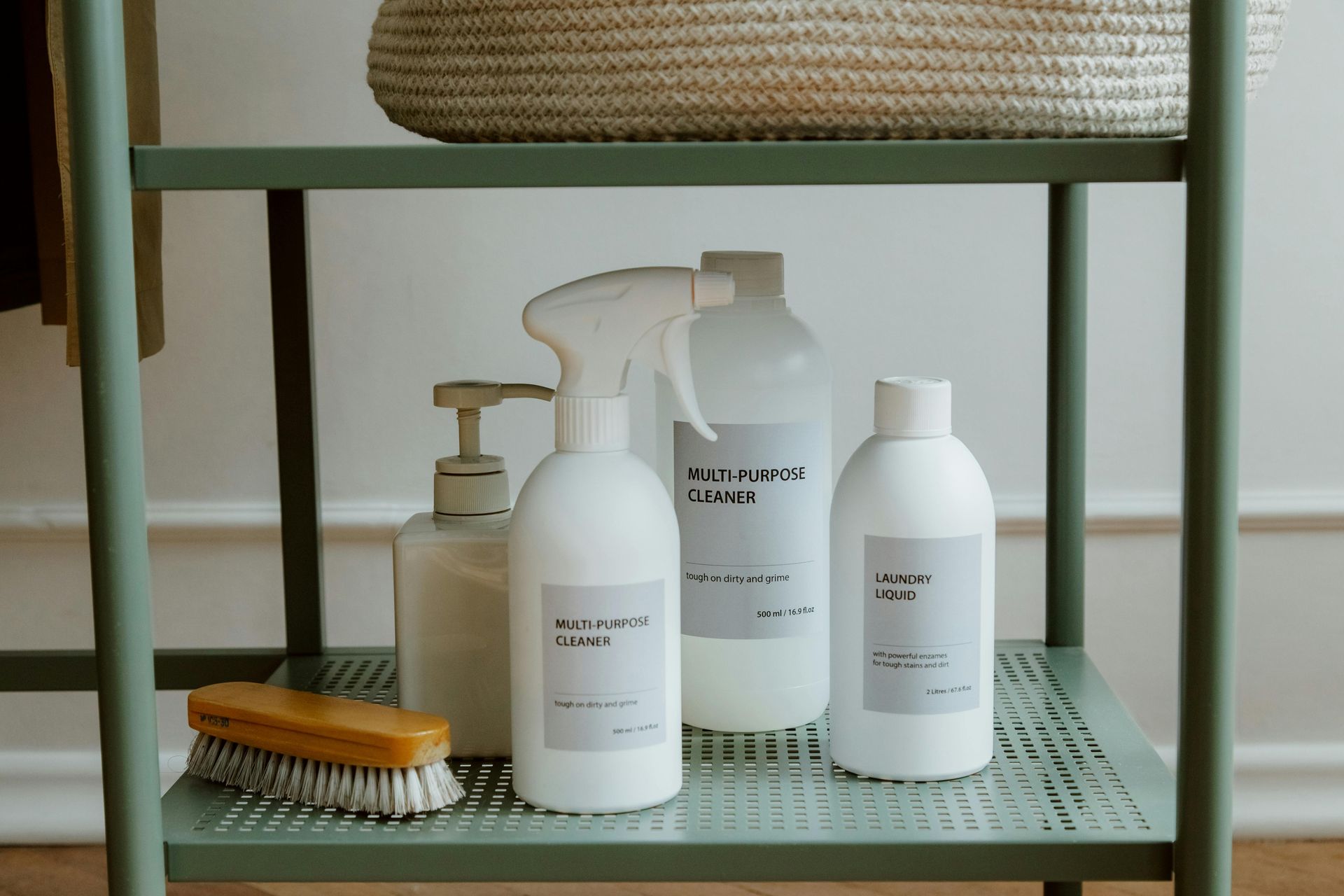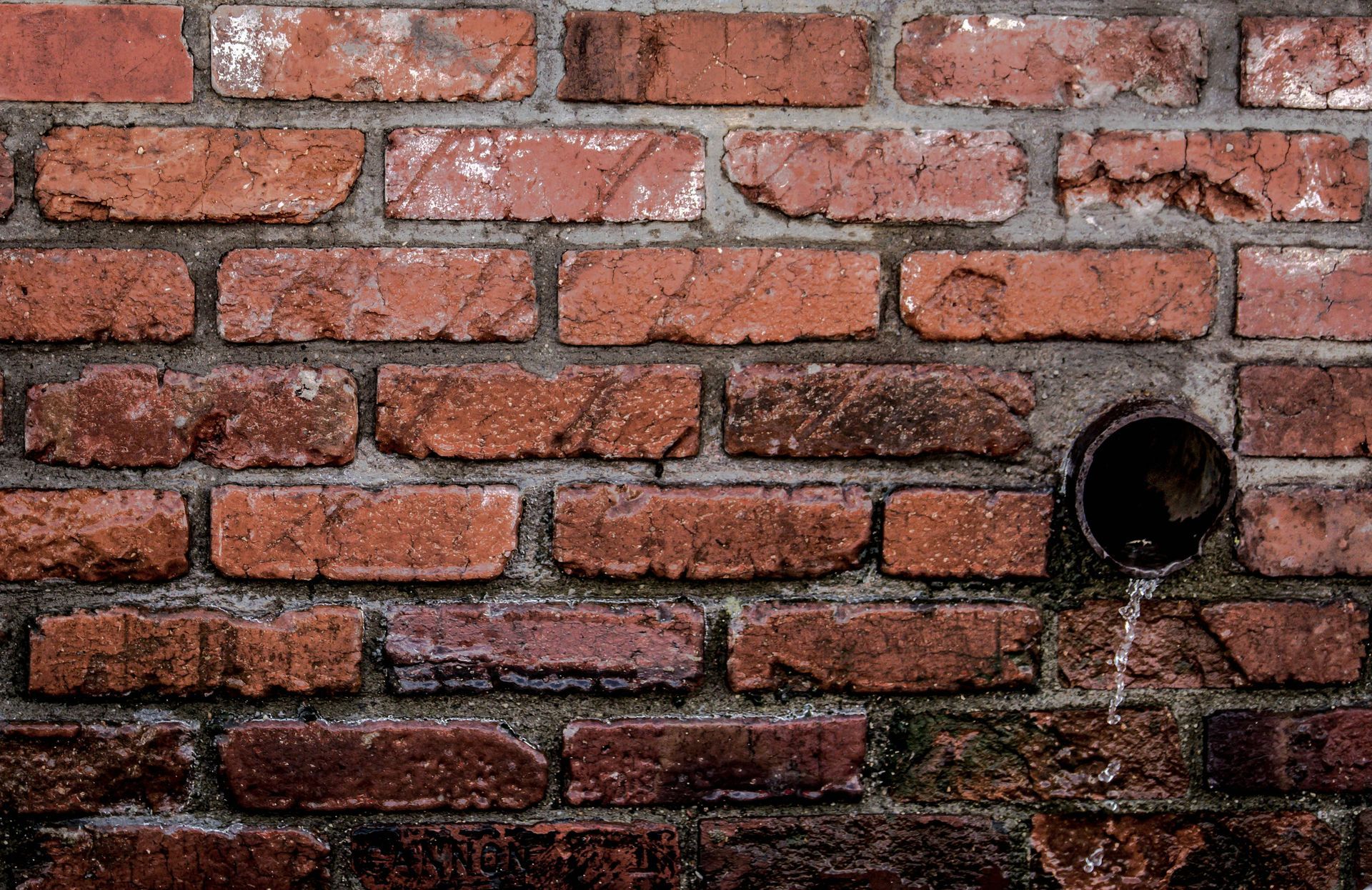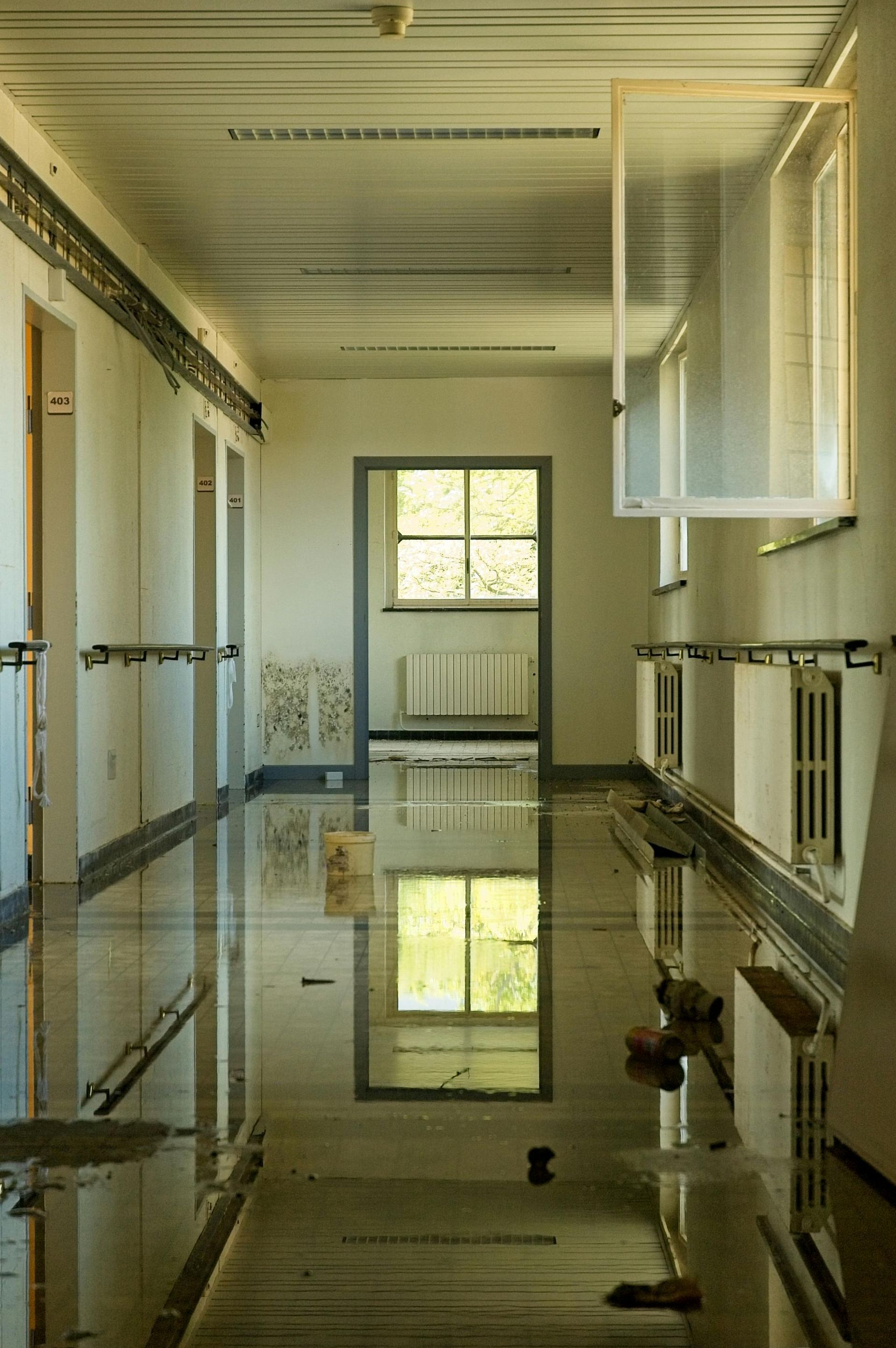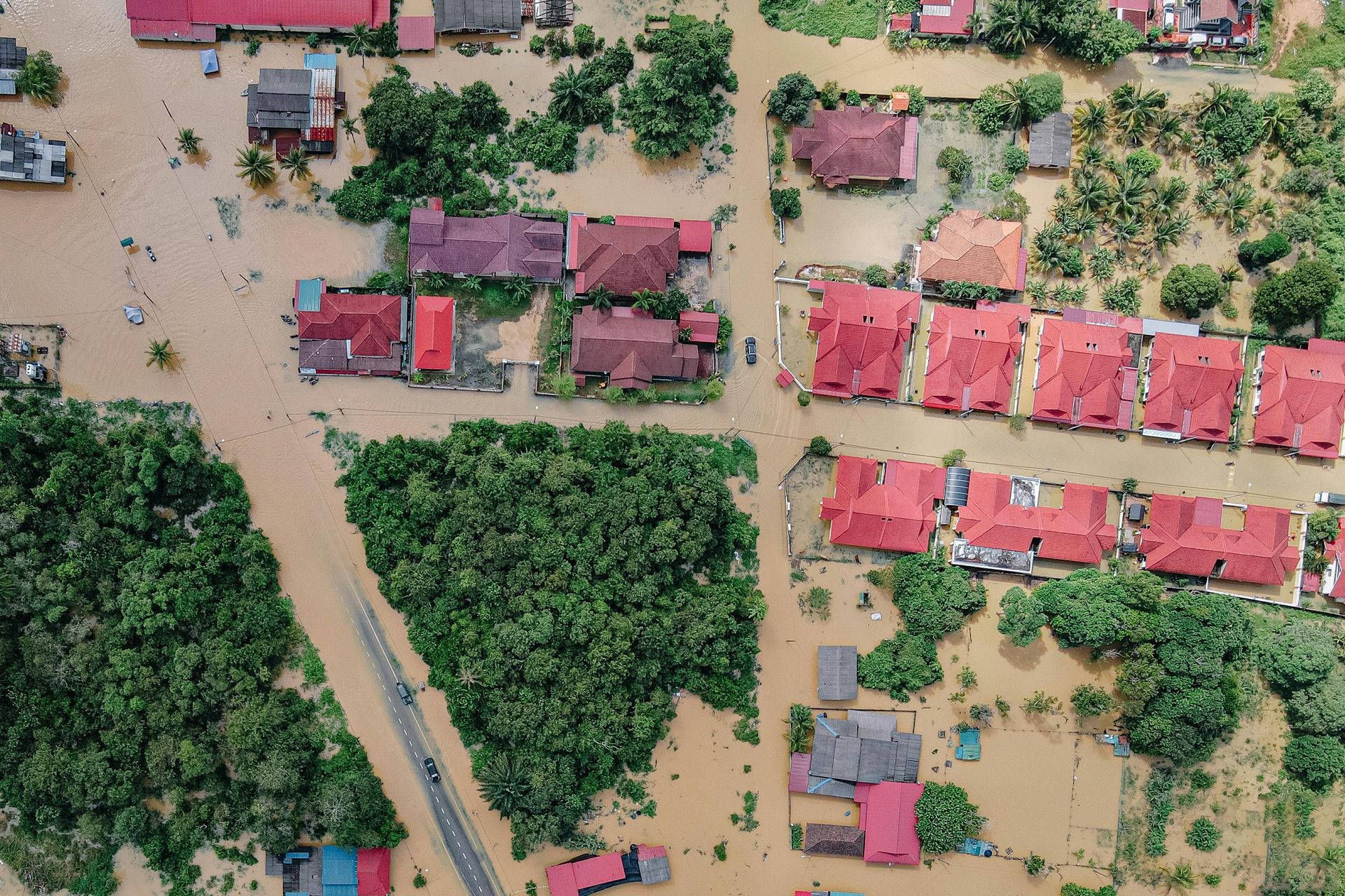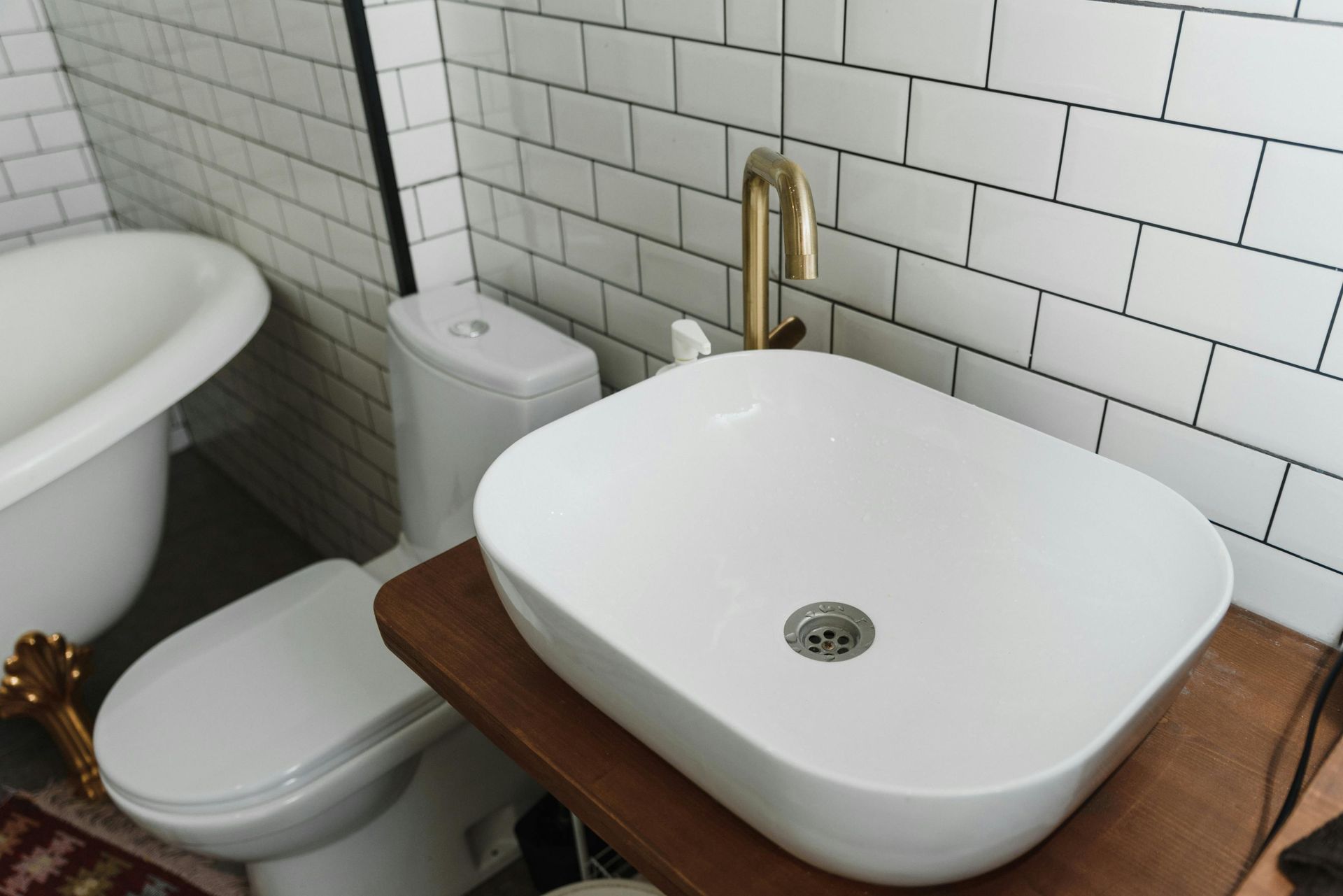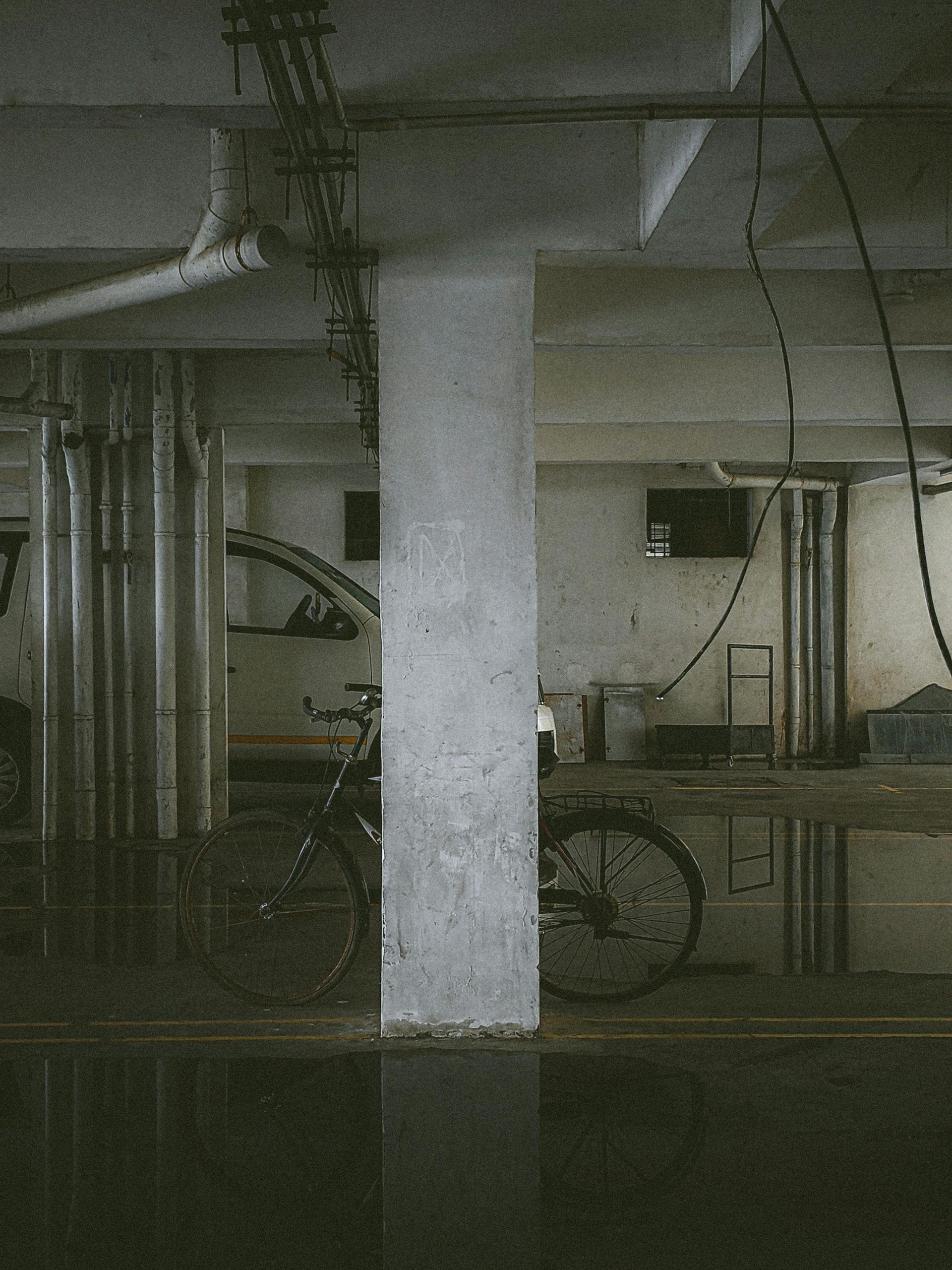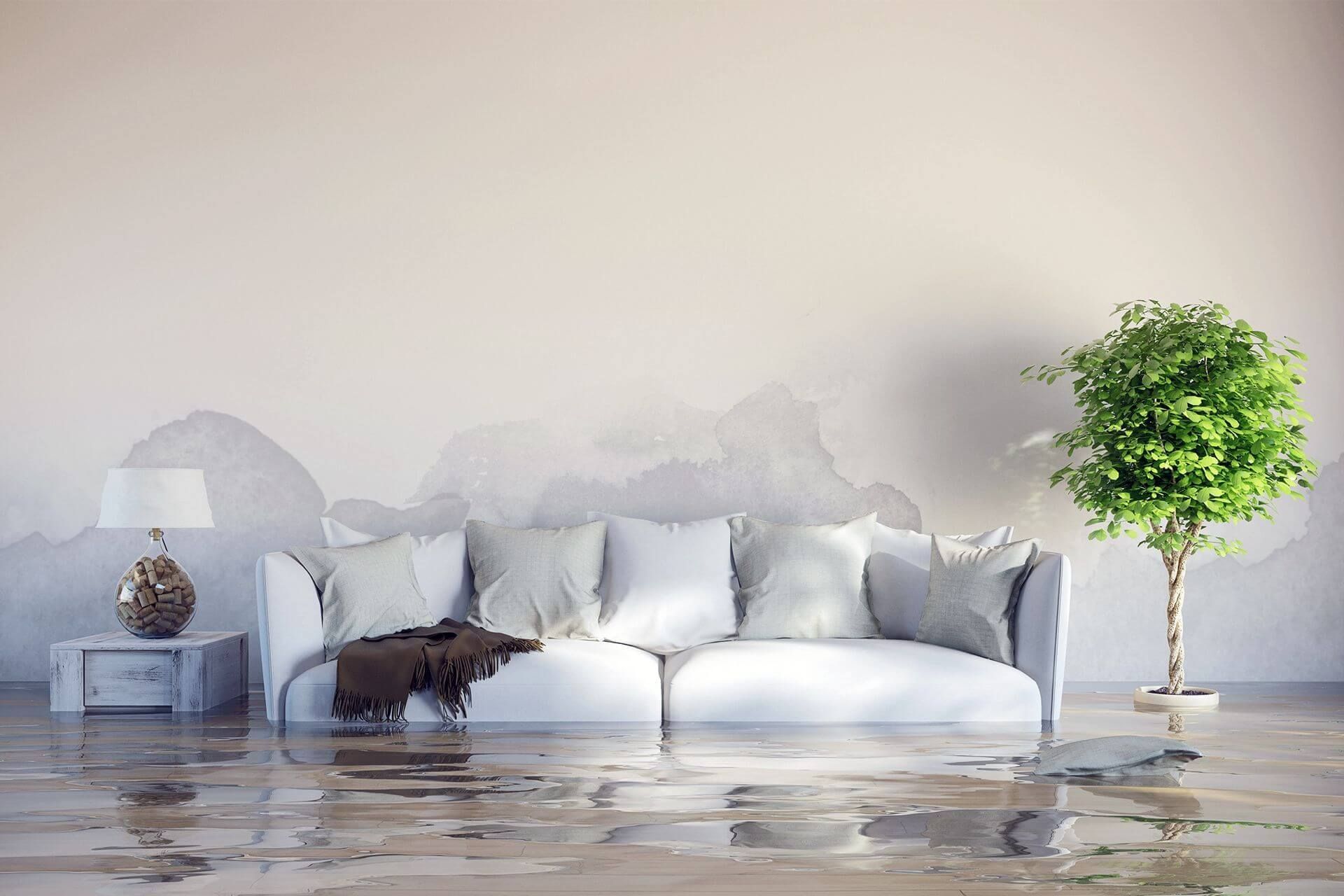How to Deal with Water Damage in Your Home: A Complete Emergency Response Guide
Have you ever walked into your home to find water spreading across your floors, knowing that every passing minute is costing you thousands of dollars in damages?
Water damage destroys family photos, furniture, and irreplaceable memories while creating perfect conditions for toxic mold growth. The Environmental Protection Agency emphasizes that all wet areas should be completely dried
within 24-48 hours to prevent mold from growing, as mold spores can establish colonies in hidden areas like behind walls, ceilings, crawl spaces, and attics during this critical window.
The most crucial thing to remember is that acting fast can make the difference between a manageable fix and a complete disaster. Your quick response during those critical first hours determines whether you'll face minor repairs or complete reconstruction.
This guide provides professional step-by-step instructions, safety protocols, and expert restoration techniques to help you take control when disaster strikes and turn a potential catastrophe into just a temporary setback.
Key Takeaways
- Speed matters most when dealing with water damage because mold starts growing within 24-48 hours. Acting fast within this window can save you thousands in repairs.
- You can handle minor water problems yourself using basic equipment like fans and wet vacuums, but major flooding or contaminated water requires professional help with industrial equipment.
- Focus on safety first by wearing protective gear, checking for structural damage, and never walking through standing water near electrical outlets.
- Insurance companies prefer working with certified restoration professionals who provide proper documentation and industry-standard damage reports.
- Prevention through regular maintenance like cleaning gutters, checking appliance hoses, and installing water sensors can stop most water damage before it starts.
Immediate Emergency Response
Your first priority is stopping the water source and ensuring safety. Every second counts when water is actively damaging your property and threatening your family's safety.
Follow these critical first steps in order to minimize damage and protect your family:
- Shut off water supply immediately: Locate your main water shut-off valve and turn it clockwise to stop additional water from entering your home. This single action prevents thousands of dollars in additional damage while you address the emergency.
- Cut electricity at the main breaker: Turn off power to affected areas before entering any flooded spaces to prevent electrocution. Never walk through standing water if electrical outlets or appliances might be submerged.
- Document everything with photos: Take pictures and videos of the water source, damaged items, and affected areas before moving anything. Insurance companies require detailed visual evidence to process claims efficiently.
- Remove valuable items quickly: Move furniture, electronics, and irreplaceable items like family photos to dry locations immediately. Place aluminum foil under furniture legs to prevent rust stains on floors.
- Contact emergency services if needed: Call utility companies for gas leaks or major flood water damage, and contact professional restoration services within the first 24 hours for optimal results.
Time is critical because mold can begin growing within 72 hours of water exposure, making immediate action essential for preventing health hazards and structural damage.
Safety Assessment and Electrical Precautions
Before entering any flooded area, conduct a thorough safety assessment to protect yourself and your family from serious injuries.
Equip yourself with proper safety gear and conduct these essential checks:
- Personal protective gear: Wear rubber boots, waterproof gloves, and face masks to avoid inhaling dangerous contaminants. Category 2 and Category 3 water from sewage or outdoor flooding requires additional protection due to pathogens and chemicals.
- Structural damage inspection: Check for sagging ceilings, warped floors, or compromised walls before proceeding with cleanup efforts. Water-damaged building materials lose structural integrity and can collapse without warning.
- Professional electrical inspection: Never attempt to restore power to equipment exposed to water until qualified electricians inspect all electrical systems. This professional inspection prevents fires and electrocution while meeting insurance and building code requirements.
If you notice any structural issues, evacuate immediately and contact professionals before attempting any cleanup activities.
Water Extraction and Drying Process
Remove standing water as quickly as possible to prevent further damage and mold growth. The EPA emphasizes that complete drying within 24-48 hours is critical to prevent mold establishment in your home.
Start your water removal process using the most effective method for your situation:
- Manual water removal for minor flooding: Use buckets, plastic tubs, and mops to remove standing water from small areas. This method works best for isolated leaks or minor flooding situations.
- Rent extraction equipment for major water: Get a wet-dry vacuum from hardware stores for moderate amounts of water, or rent submersible pumps for extensive flooding. These tools remove water much faster than manual methods.
- Strategic placement of drying equipment: Position fans, dehumidifiers, and air movers throughout affected areas to increase air circulation. Open windows and doors unless outdoor humidity exceeds 60 percent.
The drying process typically takes 3-4 days for complete moisture removal when started within 24 hours, which almost completely removes the risk of mold and mildew development. Continue monitoring until moisture levels return to normal ranges using hygrometers and other detection tools.
Moisture Detection and Monitoring
Use proper tools and techniques to verify complete drying and prevent hidden moisture problems that lead to structural damage and mold growth.
Check these critical areas for complete moisture removal:
- Moisture meter readings in walls: Test drywall, insulation, and wall cavities where water may be trapped behind surfaces. Hidden moisture causes the most expensive long-term damage.
- Under flooring and carpet inspection: Lift corners of carpets and check subflooring for moisture retention. Carpet padding typically requires replacement after significant water exposure.
- Ceiling cavity monitoring: Check above ceiling tiles and in attic spaces where water may have traveled through structural materials. These areas often get overlooked during initial cleanup.
Continue using dehumidifiers until indoor humidity stays below 50 percent consistently. Hygrometers help you monitor humidity levels and make adjustments to equipment placement for optimal drying results.
Damage Inspection and Salvage Operations
Water damage restoration in Boise doesn't have to leave homeowners overwhelmed or financially devastated. Understanding the factors that influence costs, the restoration process, and insurance coverage puts you in control when disaster strikes. Quick response remains the most critical element—every hour of delay can significantly increase both damage severity and restoration expenses. Boise's unique climate challenges, from winter pipe bursts to spring flooding, make advance preparation essential rather than optional.
Start protecting your investment today by establishing relationships with certified restoration professionals before you need them, reviewing your insurance coverage thoroughly, and implementing simple preventive measures.
Mold Prevention and Early Detection
Mold spores exist everywhere, but they need moisture to grow and become a health hazard. The EPA states that mold can begin establishing colonies within 24-48 hours in carpets, behind walls, and in HVAC systems.
Monitor these critical areas for mold development during restoration:
- Behind walls and under flooring: Check areas where moisture may be trapped using moisture meters and visual inspections. Look for discoloration, soft spots, and musty odors that indicate hidden moisture problems.
- HVAC system components: Inspect drain pans, ductwork, and filter areas where water may have entered during the flooding event. Contaminated HVAC systems can spread mold spores throughout your entire home.
- Bathroom and plumbing areas: Watch for signs like rippling wall coverings, cracked drywall tape, and peeling paint that frequently indicate water damage and potential mold growth.
Small mold patches under 10 square feet can be cleaned with bleach solutions, but larger infestations require professional remediation services with specialized equipment and HAZWOPER training. Professional restoration companies use industrial dehumidifiers and air movers to maintain humidity below 60 percent and prevent mold establishment.
Professional vs. DIY Restoration Decision Matrix
Make cost-effective decisions about professional help by understanding the scope of damage and your capabilities. The restoration process requires expertise in water removal, electrical systems, plumbing, construction, and insurance coordination.
Professional restoration companies bring advanced equipment and trained specialists who can complete projects 70-80% faster than DIY approaches while maintaining higher success rates. However, minor water damage from small leaks may be manageable with proper knowledge and equipment rental.
| Factor | DIY Approach | Professional Restoration |
|---|---|---|
| Initial Cost | $200-800 for equipment rental and supplies | $2,000-8,000 depending on damage scope |
| Time Investment | 40-80 hours over 2-3 weeks | 3-7 days with minimal homeowner involvement |
| Equipment Requirements | Fans, dehumidifiers, wet vacuum, moisture meter | Industrial extractors, thermal imaging, commercial dehumidifiers |
| Effectiveness Rating | 60-70% success for minor damage | 95%+ success rate with warranty coverage |
| Insurance Compatibility | May require pre-approval, limited documentation | Preferred by insurance companies, certified documentation |
| Risk Level | High exposure to mold, electrical hazards, structural issues | Professional safety protocols, HAZWOPER training |
Insurance Coordination and Documentation
Make sure you understand the coverage of your policies, also when making claims. Recognize the coverage limitations and documentation requirements. Most homeowner policies cover sudden water damage from burst pipes but exclude gradual leaks and flood damage, which requires separate flood insurance.
Maximize your coverage potential with these strategic approaches:
- Immediate damage documentation: Take extensive photos and videos before any cleanup begins, including water source, affected areas, and damaged items with detailed written inventories.
- Professional damage assessment: Insurance companies prefer certified restoration contractors who provide detailed damage reports and repair estimates using industry-standard documentation processes.
- Adjuster coordination: Professional restoration companies work directly with insurance adjusters to streamline the claims process and ensure all covered damages receive proper documentation.
- Record keeping strategies: Document every interaction with your insurance company, including dates, times, and representative names for future reference and dispute resolution
Contact your insurance company within 24 hours of discovering water damage to report the claim and learn about your specific coverage limitations. Professional restoration companies typically handle insurance coordination as part of their services, reducing your administrative burden and improving settlement outcomes during the recovery process.
Restoration and Damage Repair Process
Follow a systematic approach to return your property to pre-damage condition. Professional restoration typically requires 3-7 days for extraction and drying, followed by 1-3 weeks for reconstruction.
Complete these phases in proper sequence for optimal results:
- Structural repairs first: Address foundation, walls, and roof damage before cosmetic improvements to ensure building safety.
- Utilities restoration: Restore plumbing and electrical systems after professional inspection, replacing contaminated components.
- Material replacement: Install moisture-resistant drywall and flooring in previously damaged areas to prevent future problems.
- Final reconstruction: Complete painting and finish work after confirming all systems function properly.
Professional teams use moisture meters and thermal cameras to verify complete drying before reconstruction begins, preventing mold growth and structural issues.
Long-term Monitoring and Maintenance
Maintain ongoing vigilance to prevent recurring water damage and catch problems early.
Implement these essential monitoring practices:
- Regular inspections: Check previously damaged areas monthly for six months, then quarterly for warning signs like discoloration or odors.
- Humidity control: Keep indoor humidity between 30-50 percent using hygrometers and dehumidifiers as needed.
- HVAC maintenance: Clean drain pans and replace filters regularly since contaminated systems spread mold spores.
- Plumbing checks: Monitor water heaters, washing machines, and under-sink connections for early leak detection.
Watch for musty odors, condensation patterns, and any moisture problems that indicate incomplete restoration or new water sources.
Prevention and Preparedness Planning
Shift focus to proactive measures that prevent future water damage emergencies before they occur. The EPA emphasizes that routine maintenance and inspections are key to preventing mold problems and structural damage.
Home inspection and seasonal maintenance prevent most water damage situations from developing into emergencies:
- Seasonal roof and gutter maintenance: Clean gutters twice yearly and inspect roof shingles for cracks or missing pieces to prevent water intrusion.
- Plumbing system monitoring: Check appliance hoses every five years and replace rubber hoses with braided stainless steel versions for better durability.
- Foundation and basement protection: Seal cracks in foundation walls, ensure proper drainage grading, and test sump pumps regularly to prevent flooding.
- Water shut-off valve knowledge: Locate and learn how to operate your main water shut-off valve, typically found under the kitchen sink, for emergency situations.
Taking Control of Water Damage
Water damage feels overwhelming, but you have the knowledge to respond effectively and protect your property. Quick action during the first 24-48 hours prevents most secondary damage and keeps restoration costs manageable.
Start creating your emergency preparedness plan today. Locate your water shut-off valves, assemble basic emergency supplies, and research local restoration professionals before you need them. Your proactive preparation protects your most valuable asset and gives you confidence to handle whatever water damage challenges come your way.
Get Professional Water Damage Help in Boise Today
Water damage won't wait, and neither should you. If you're dealing with water damage right now or want to protect your Boise home before disaster strikes, Pursuit Restoration has certified water damage restoration technicians and 24/7 availability to help restore your property quickly and safely.
Don't let water damage turn into a costly nightmare.
Request a service online to assess your risk or get immediate help with active water damage. You can also call
(208) 515-6503 to speak with our emergency response team and learn more about protecting your most valuable asset.
